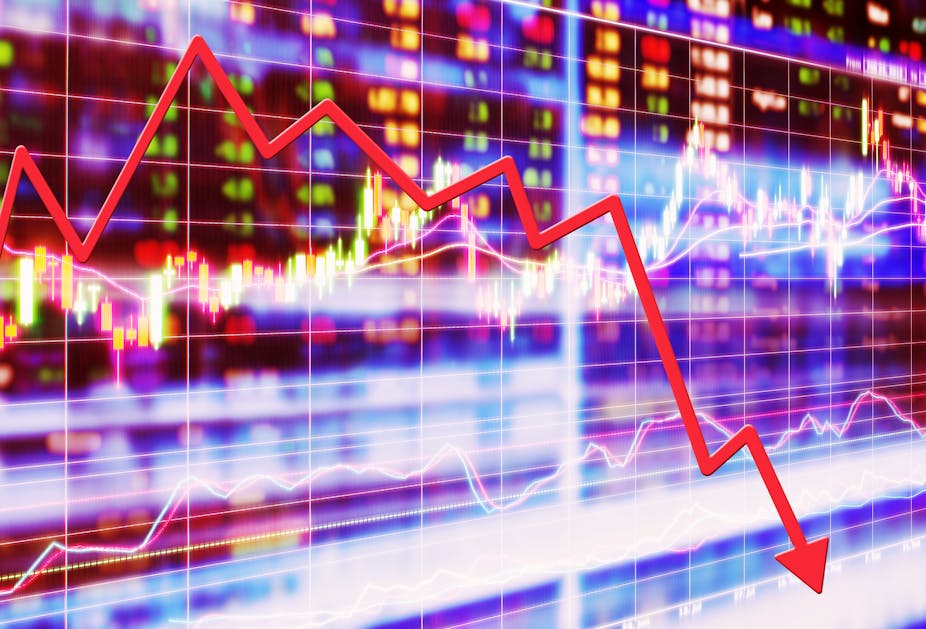
If you are a DIY enthusiast or a professional carpenter, you probably have a container of spackle lying around in your workshop. Whether it’s for filling in small holes or repairing imperfections in your drywall, spackle is a handy tool to have. But if you’ve had the same container for a while, you might be wondering: does spackle go bad?
How to Know if Your Spackle is Still Good
Before we answer the question of whether spackle can expire, it’s important to know how to determine if your spackle is still good. One of the first things to consider is the texture of the spackle. If it has become dry and clumpy, it’s a sign that it has gone bad. Good spackle should have a smooth and creamy consistency that’s easy to spread on the wall.
Another way to check the quality of your spackle is to look for any signs of mold or mildew. If you notice any discoloration or a musty odor, it’s best to dispose of the spackle as it may have been contaminated.
Additionally, pay attention to the color of the spackle. Over time, spackle can yellow or change in color, which may indicate that it’s past its prime. If the color has significantly altered, it’s best to invest in a new container of spackle.
Factors That Can Affect the Shelf Life of Spackle
Several factors can contribute to the expiration of spackle. The way the spackle is stored plays a significant role in its longevity. If the container is not tightly sealed, it can lead to the evaporation of its moisture content, causing it to dry out quickly.
Exposure to extreme temperatures can also impact the quality of spackle. If kept in an area with high humidity or direct sunlight, the spackle can degrade faster, making it less effective for use.
It’s also essential to consider the age of the spackle. The older the container, the more likely it is to have deteriorated in quality. As a general rule of thumb, it’s best to replace spackle every few years to ensure that you’re working with a fresh and high-quality product.
Conclusion
In conclusion, spackle can indeed go bad over time. Factors such as improper storage, exposure to extreme temperatures, and the age of the spackle can all contribute to its expiration. When inspecting your spackle, be sure to pay attention to its texture, color, and any signs of mold or mildew. It’s always best to err on the side of caution and invest in a new container of spackle if you have any doubts about its quality. By doing so, you can ensure that your spackling projects turn out smooth and flawless.
FAQs
How long does spackle last?
The shelf life of spackle can vary depending on how it’s stored and its age. Generally, spackle can last for several years if properly sealed and kept in a cool, dry place. However, it’s best to inspect the spackle regularly and replace it if you notice any signs of deterioration.
Can I use expired spackle?
It’s not recommended to use expired spackle as it may not adhere properly to the surface or provide the desired finish. Using expired spackle can result in subpar results and may lead to additional repairs down the line.
How should I store spackle to prolong its shelf life?
To extend the shelf life of your spackle, store it in a tightly sealed container and keep it in a cool, dry area away from direct sunlight. Avoid exposing the spackle to extreme temperatures or high humidity to maintain its quality.
does spackle go bad
Spackle typically has a long shelf life, but like all products, it can expire over time. Knowing whether or not your spackle has expired is important, as using expired spackle can affect the quality of your project. Thankfully, there are several ways to tell if your spackle is still good and usable.
One way to determine if your spackle is expired is to check its consistency. If the spackle has dried out and become hard, it is likely expired and should not be used. Fresh spackle should have a smooth, creamy consistency that is easy to spread and work with.
Another way to check the expiration of your spackle is to inspect its odor. Over time, spackle can develop a musty or sour smell, indicating that it has gone bad. If your spackle has an off-putting odor, it is best to discard it and purchase a fresh container.
Additionally, the appearance of your spackle can also give you clues about its expiration. If you notice any mold growth or discoloration in the spackle, it is a clear sign that it has expired and should not be used.
To ensure that your spackle remains usable for longer periods, it is essential to store it properly. Keep your spackle container tightly sealed and store it in a cool, dry place away from direct sunlight. Proper storage can extend the shelf life of your spackle and prevent it from expiring prematurely.
If you are unsure about the expiration of your spackle, you can also perform a simple patch test before using it on your project. Apply a small amount of the spackle to a test surface and allow it to dry. If the spackle dries and adheres properly, it is likely still good to use. However, if the spackle does not dry or cracks easily, it is best to discard it and purchase new spackle.
In conclusion, spackle can expire over time, but there are several ways to determine if it is still good to use. By checking the consistency, odor, and appearance of your spackle, as well as ensuring proper storage, you can avoid using expired spackle and maintain the quality of your projects. If in doubt, performing a patch test can also help you confirm the usability of your spackle. does spackle go bad







:max_bytes(150000):strip_icc()/GettyImages-1179580531-4340ea9cb05f4158b56b2e9dd3b6f8ea.jpg)